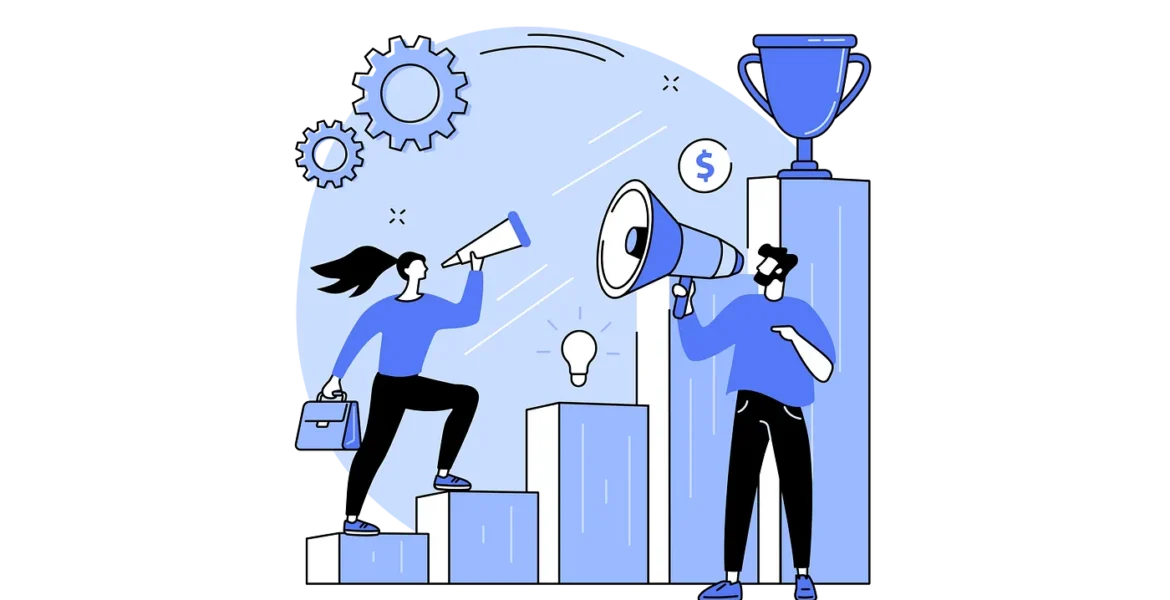The Audience Development Specialist

This is the fourth article in our Field Guide to Podcasting series. These posts will profile the people and roles that come together to create a podcast. In the case of Pacific Content, that includes making a podcast with a brand partner. Read the other articles on the Producer role, the Showrunner role and the Sound Designer role.
Audience development specialists help your podcast reach people’s ears.
Even the most highly produced podcasts fall flat if they don’t have listeners. Audience development specialists parse the data to reveal two key insights: how well a podcast is doing and how it can do better.
Let’s break it down.
Say you come to Pacific Content to make an original podcast for your brand. Before production even starts, we might ask you these questions:
“Who is this podcast for?”
“Why are you making this podcast?”
We ask because the answers to these questions will act as north stars for the podcast.
Many clients don’t have the answers right away — and that’s totally okay! Because this is where the audience development specialists come in.
It’s the audience development specialist’s job to guide clients through all aspects of podcasting that fall outside of editorial production. This includes everything from identifying a target audience, to navigating the details of publishing and promoting a podcast on various platforms, to analyzing retention rates and download data once a podcast is launched.
A podcast is usually part of a larger marketing effort for a brand. Audience development specialists can align podcast analytics like how long listeners spend with a podcast and download numbers with other marketing platforms so that clients understand how their podcast fits within a bigger promotional campaign.
Audience development specialists split their time between this kind of show-specific work, and research on the ever changing podcast industry as a whole.
Staying up to date on industry trends means audience development specialists can help clients react quickly to changing listener demographics or take advantage of new promotional channels.
But what is working as an audience development specialist at Pacific Content really like?
Pacific Content audience development specialist Jennifer Leask shares her experience.
What does a typical work day look like?
Jenn dedicates much of her day to client-oriented work. This includes preparing analytics reports, creating promotional strategies, and actually meeting with clients.
Some of it is similar to consulting work, where clients inquire about best practices for everything from podcast episode titles to time of year for launch.
But every show’s audience is unique and therefore needs a bespoke approach. Often, Jenn’s work is more akin to problem solving.
“I’m constantly answering client inquiries and figuring out something that’s specific for their show,” she said. “The industry is changing so rapidly that what we did two seasons ago may not work for our clients today, so we try new things that we think will work for them.”
Jenn usually carves out time in the afternoon for focus work like industry research.
Who do you work with most of the time?
- Showrunners
- Executive Producers
- Clients
What is your favorite part of the job?
Many people dread meetings, but not Jenn. For her, working with clients is one of the best parts of the job.
“I really like meeting with clients because they’re all so keen about their shows,” said Jenn.
A self-declared extrovert and former chase producer, Jenn is an expert at meeting new people and helping them feel comfortable right away.
Having a shared enthusiasm and shared goals makes her job as an audience development specialist that much more enjoyable, she said.
“They have so much passion about their shows, because it’s not like a commercial, they really care about connecting with their audience. And I do too.”
What is your least favorite part of the job?
Podcast platforms provide podcasters with a wealth of information about who is listening, how long they are listening for, where they live, their age, and more. But despite all this data, working in audience development can feel like you’re trying to find answers without many reference points.
“There’s a lack of transparency and openness in the industry when it comes to how each show is doing in things like downloads and audience size. It’s very opaque and I don’t think it needs to be,” said Jenn.
Unlike radio and television, podcast analytics are not publicly available. This can make establishing benchmarks difficult, she said.
“Setting benchmarks for a show is a process where we work with a client to understand what their goals are, what a reasonable expectation is, and then what we can do to get there.”
What’s something you found surprising about the job?
Jenn worked in editorial for more than a decade before moving to audience development. She had heard the mantra “put your audience first” many times, but was surprised at just how truly essential it is in podcasting.
“No one will find your podcast if you don’t promote it,” she said.
There are millions of podcasts out there.
“Knowing where your audience spends time and how you can be creative in getting them to come to your show is really important,” she said.
“There are probably people out there that would really love to hear your podcast, so you should try to find them.”
Sign up for the Pacific Content Newsletter: audio strategy, analysis, and insight in your inbox.
